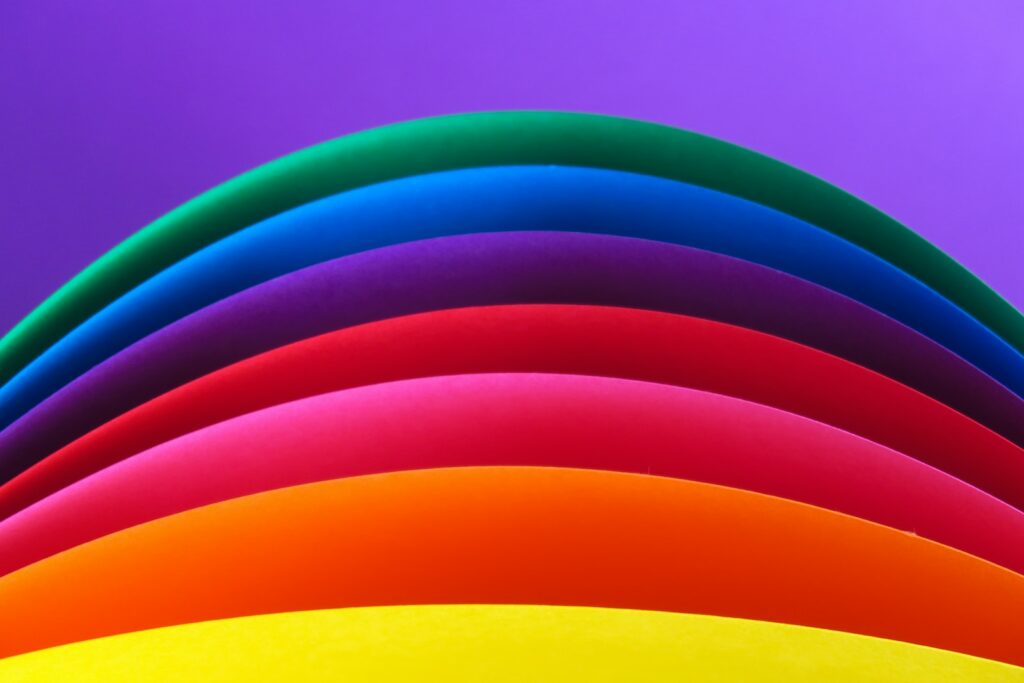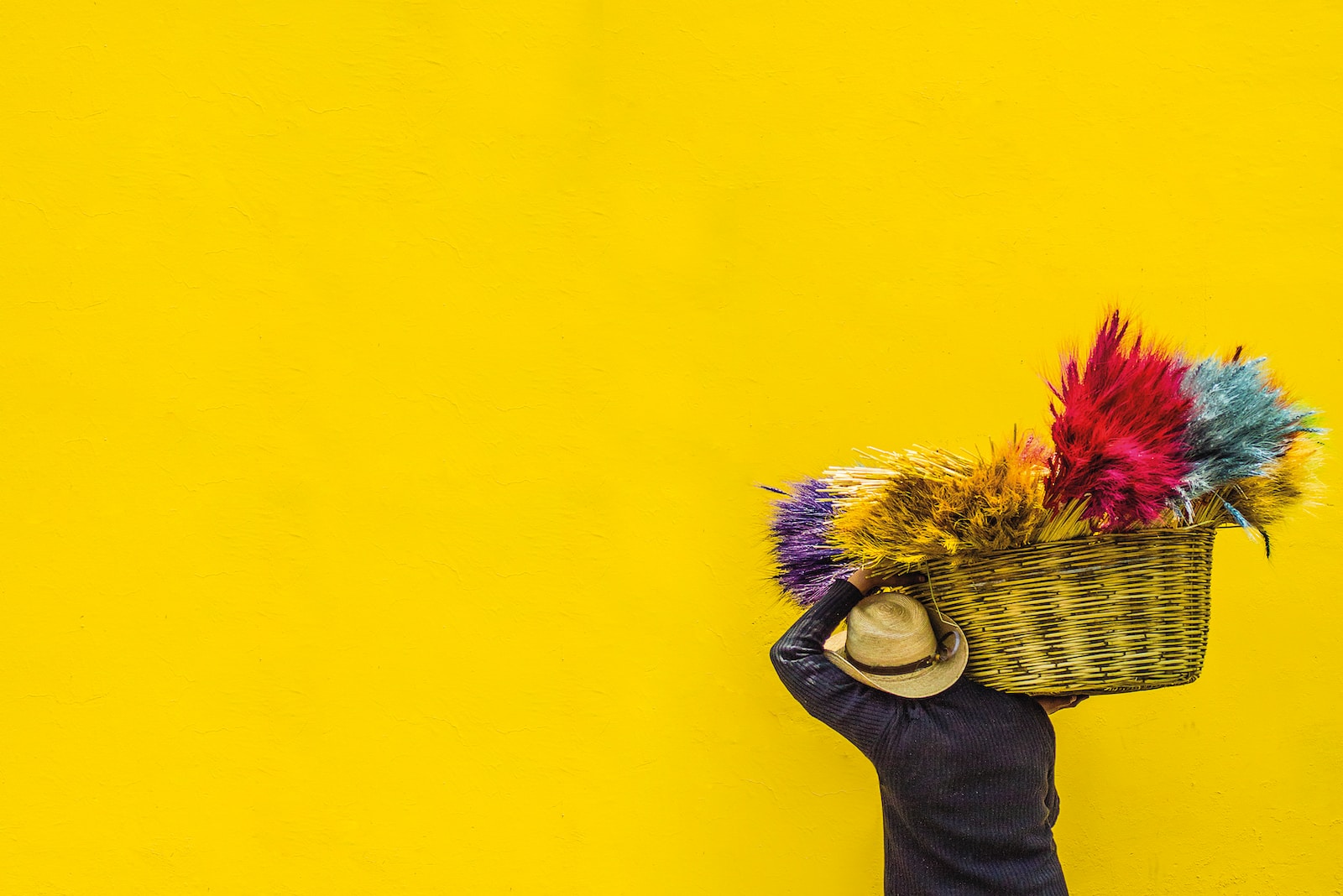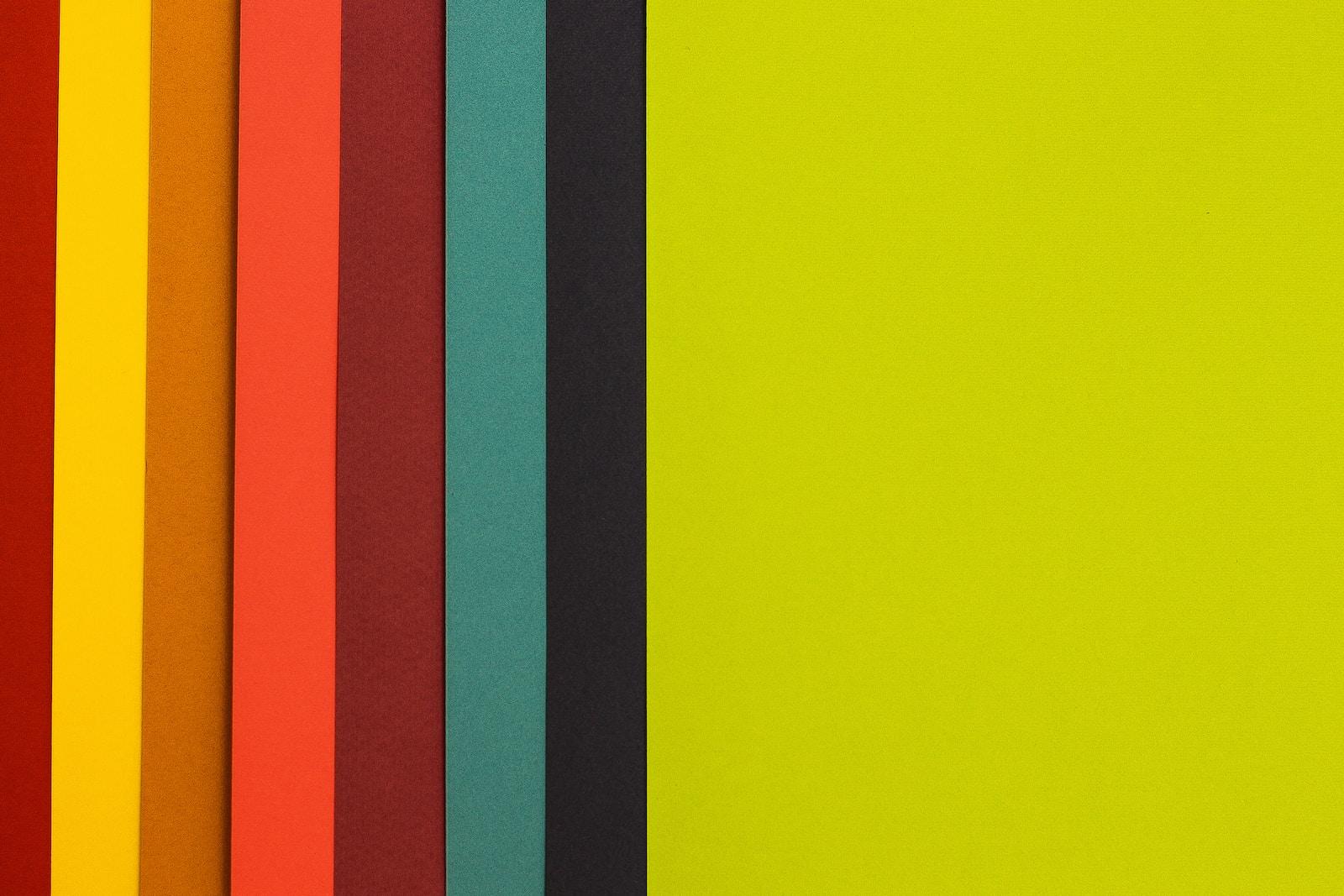Understanding the psychology behind color is essential for any marketer. Here’s when color theory comes in the play within the marketing industry. Not only do different colors attract different audiences, but they also influence the way an audience perceives a brand. To create a successful marketing campaign, you must choose designs that entice prospects to engage with your brand. With a firm understanding of the psychology behind color, you can choose effective designs that will connect with your target market and build a stronger relationship with your donors and members.
What is Marketing Color Theory?
Marketing color theory is the use of various hues to influence a consumer’s decision. For example, a product marketed as “green” may appeal to a different demographic than one likely to buy the product in that hue. The colors considered neutral in the theory are those people feel comfortable around. Green is the most pleasant color to the human eye. It also represents balance and is the perfect brand color.
Some companies have adopted shades of green in their advertising campaigns, as they evoke a feeling of tranquility. They can also evoke feelings of decisiveness. The psychology of color is crucial for successful marketing. Studies show that colors affect 90% of our decisions. By analyzing the psychological impact of colors, marketers can increase brand recognition and sales by as much as 80%.
Colors have an emotional impact, and this affects the purchasing decision of your prospects. As such, it is important for marketers to understand and apply this theory in their advertising campaigns. Once they’re aware of its power, they can create and test multiple visuals to ensure a brand’s message is more appealing to its target audience.
The Psychology of Color in Marketing
The psychology of color in marketing studies how colors affect people’s buying decisions. Certain colors can trigger emotions and ignite a spark in consumers. As a result, marketers are now taking advantage of color psychology to create brand colors that resonate with customers and drive sales. These colors may appeal to your target audience, but they should also have positive connotations.
For example, Pink among all colors, pink is one of the most popular among female consumers. Its use in branding and advertising is attributed to the color’s associations with femininity, playfulness, and unconditional love.
Because pink is an attractive color, many brands use it for logos, product packaging, website designs, and key messages. It is a common misconception that women dislike bright colors and are attracted to dark hues.
How to Use Color Theory
Color is an important aspect of design, and the use of color in your marketing materials is critical to capturing the attention of your target market. Mastery of color theory can help you create visuals that will have an impact on your target audience and boost your brand’s visibility.
Color theory is based on three basic components: the color wheel, color harmony, and color context. If you’re planning to use color in your marketing materials, you should understand these three principles to ensure your marketing graphics stand out.
First, consider your brand’s personality. For instance, if your company is environmentally friendly, it doesn’t make sense to use red on their marketing materials, as red is associated with fire and boldness.
Color theory helps you match certain colors to specific personality traits. You can match certain colors to your brand’s personality by using color theory. Using color theory to match hues to your brand’s personality is an important strategy.
Most Attractive Colors in Color Theory
Understanding color theory can help you design and create better advertising materials. Understanding the psychological effect of color on a person can help you determine which colors will appeal to your target audience.
Research shows that color advertisements attract 42 percent more attention than black and white ads, and they hold the attention of a prospect for 10 times longer than standard white cards. Understanding the psychology behind color helps you create ads that are both appealing to you and your target audience.
The perception of color varies among individuals, and the results are often contingent on one’s taste and cultural background. Color perception is affected by geography, sex, and culture. One study found that green, blue, and purple were most attractive to women.
Men, on the other hand, do not associate these colors with their desires. In general, the colors yellow and orange are the least preferred by both men and women, and men do not prefer purple.
The Usefulness of Marketing Color Theory


Despite the usefulness of the theory, it is sometimes difficult to grasp it. People perceive colors differently, so there’s no one single way to translate emotions to color combinations.
However, understanding color perception can help you tailor your marketing efforts to target different demographics. There are some universal perceptions of color, such as the “white lab coat effect” which explains why many people feel more comfortable around doctors in white lab coats.
In addition, certain colors are perceived as a symbol of safety, like the Coca-Cola logo, which is white over red. Hence, Coca-Cola uses this logo across its products, logos, and bottle caps.
Colors affect people subconsciously. The majority of people prefer colors that share similar hues. These colors will resonate with them, ensuring maximum effect on your marketing messages.
This is one of the reasons why content marketing is so effective. A brand’s logo should be able to convey the desired message to customers. And if you have a unique brand identity, you can make use of color associations to stand out from the crowd.
Using Color Theory to Enhance Your Website’s Usability
You may be wondering how the various shades of blue, red, and green are created. The concept of a color wheel came into being in 1666 with the creation of Sir Isaac Newton’s first circular diagram of colors.
Artists and scientists have studied the concept of color circles since then. While each version has its merits, there are several key points to understand when working with color. In addition, you should understand the different applications of color in digital displays and on websites.
To begin learning more about color harmony, you should consider nature. For example, the colors red, yellow, and green create a harmonious design. They are also complementary and complement one another, so it’s crucial to think about how they work together.
Colors such as blue are complementary, but they’re not mutually exclusive. In fact, blue and green compliment each other perfectly. You can create color harmony in your home by integrating the two into your designs.
While color associations differ slightly, you can learn how to make better use of colors to enhance the usability of your product. If you’re looking to improve your website’s usability and psychological impact, color theory can help you make better decisions when it comes to choosing your colors.
Color theory is a simple way to understand how different colors can affect each other, and it goes beyond eye-balling. With the right knowledge, you can use color to make your website stand out from the competition.
Top Colors in Color Theory


Here are the top 5 colors in the marketing color theory. They are used by reputable brands because of their effects on customers’ behavior. Want to check them out? Here, we go.
Red
Red is considered the most influential color in the world. It has the highest number of attractions, thanks to its ability to stimulate the human mind. Color Red is commonly used in the food court. Brands like Coca-Cola use the color red in their logo.
Blue
Blue is commonly used in health care. It signifies dependency and reliability. And interestingly, you can get creative when using blue. From dark blue to Royal blue, sky blue, and so on, blue is the king of colors.
Black
Black symbolizes superiority. The elites find delight in the color because of its elegance and power. Integrating black into your marketing strategy is a good move as popular brands like Gucci use black for their logo.
Yellow
This color draws attention, giving warmth and hope to the people. International brands like Nikon strategically use yellow in their logo. Shell also has a touch of yellow in its logo in the most creative way.
Note: Blue, Red, and Yellow are the primary colors. Interestingly you can get creative with them. Feel free to explore them in different tones, tints, and shades. You can also mix the primary colors with secondary colors, like green, orange, and purple to anchor your design. For best results, practice with the color scheme to give your brand good visibility.
Conclusion
As earlier mentioned, to create a successful marketing campaign, you must choose designs that will entice prospects to engage with your brand. With a firm understanding of the psychology behind color, you can choose effective designs that will connect with your target market and build a stronger relationship with your donors and members.
And a firm understanding of the psychology behind color can help you choose effective designs that will connect with your target market and build a stronger relationship with your donors and members





















Leave a Reply
View Comments